Does Your Wet Insulation Need to Be Trashed?
So your roof has a little leak, and the insulation in your attic is wet… so what? Insulation and water do not play well together, and the results could be damaging in more ways than one. Wet insulation can: Put stress on the building’s structure…
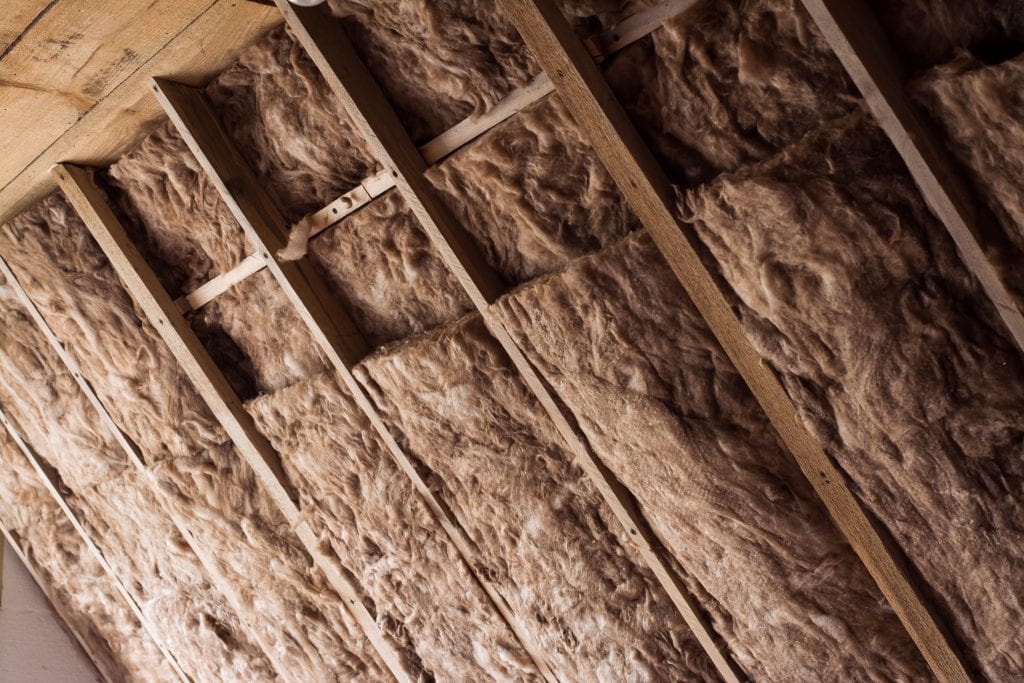
So your roof has a little leak, and the insulation in your attic is wet… so what?
Insulation and water do not play well together, and the results could be damaging in more ways than one.
Wet insulation can:
- Put stress on the building’s structure and lead to warping over time.
- Create an abundant breeding ground for mold and bacteria.
- Trap moisture that will, over time, degrade your home’s roofing structure; and
- Encourage corrosion of structural hardware, such as roofing fasteners, steel studs, and wall ties.
Does wet insulation still work?
In short – NO; wet insulation actually conducts energy instead of repelling it. What does that mean? It means heating bills will be higher in the winter, and the same goes for AC bills during the summer.
A great way to estimate the status of your insulation’s effectiveness is to measure its R-Value. R-values tell you about your insulation’s thermal resistance. Substances with a higher R-Value are better at resisting heat transfer.
To calculate your attic insulation’s current R-Value, use this helpful guide*. Keep in mind; Canada is considered a cold climate so our recommended R-Value (and what is considered up to code) is R-50.
Saturated insulation can lose up to 40% of it’s R-Value; meaning it’s no longer up to code, and you’re heating bills will skyrocket.
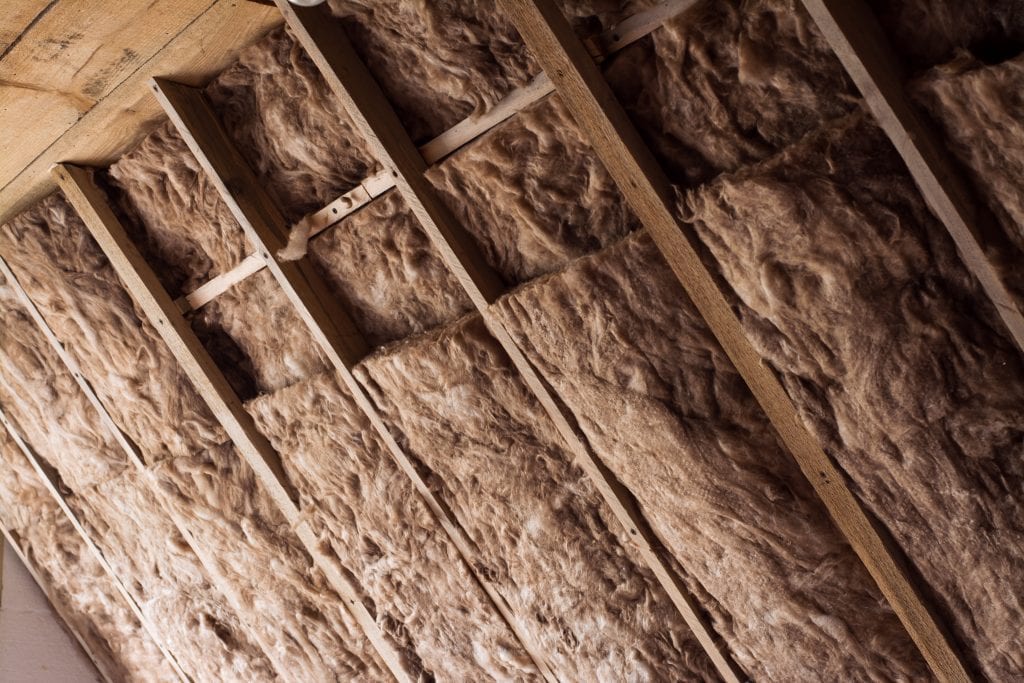
Let’s talk fiberglass insulation
At Assured Insulation, fiberglass is our insulation of choice. If fiberglass insulation gets wet, things could be a lot worse. Because it’s made from water and recycled glass, it won’t absorb water. Even if it gets wet, the fibers themselves will remain structurally sound and functional. So, fixing the problem could be as simple as fixing the roof leak and drying out your insulation with heaters/dehumidifiers. If you’re looking for our recommendation for insulation, this is it!
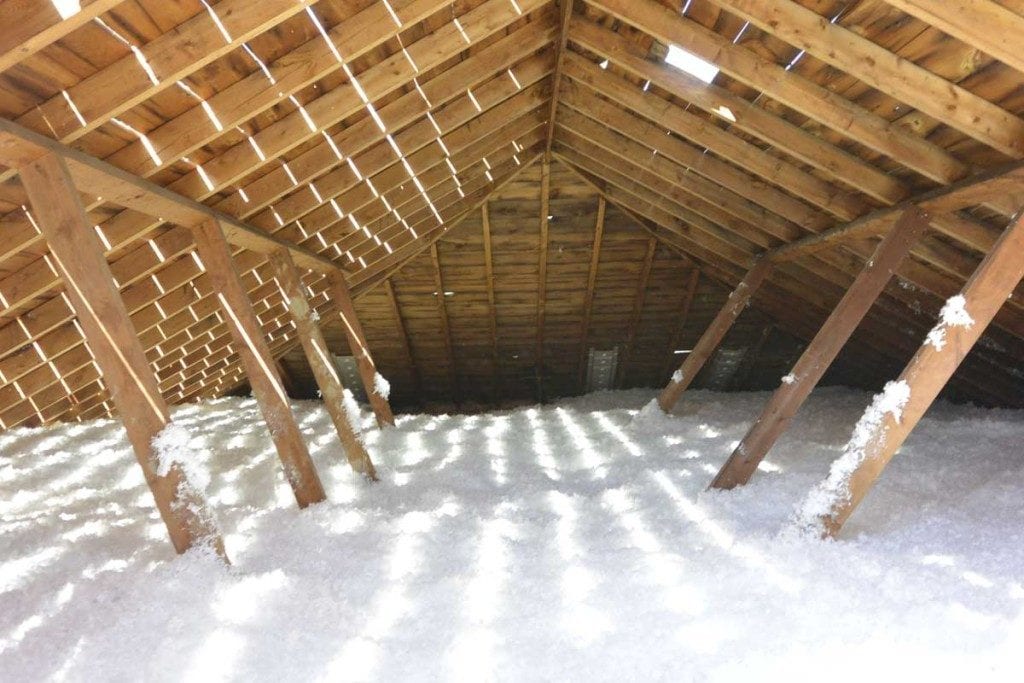
So you have cellulose, insulation hey?
Sorry about your luck! But in all seriousness, if you have cellulose insulation in your attic, you need to jump into action if you have moisture issues. Cellulose is plant fibers (in most cases recycled newspaper) so it will wick water right up. If it’s a decent-sized leak, it will wick the water and spread it all over your attic; and because cellulose allows for the quick formation of mold and mildew, your entire attic could end up moldy in a relatively short period of time. Mold is hazardous to your family’s health and if left untreated, it can degrade the structure of your home. In some cases, if the insulation is not completely soiled, it can be dried out. In this case, the attic truss spaces should be thoroughly cleaned and treated to prevent mold from occurrence/re-occurrence. But if you’re in this boat, replacing your insulation is absolutely your best bet.
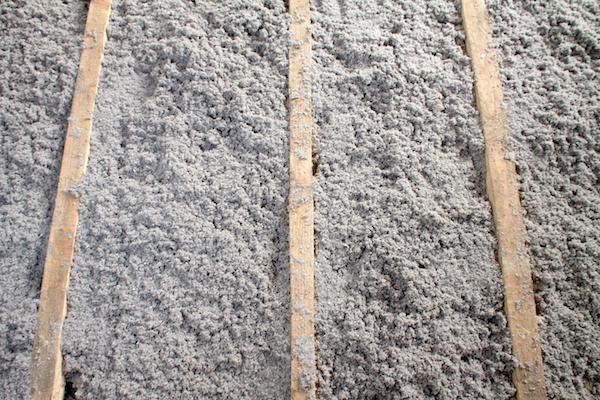
The moral of this story is, if your attic insulation has become saturated, your insulation needs to be replaced. Otherwise, you, your family, and your home are all at risk. An attic inspection is a great way to obtain peace of mind and make sure you are as prepared as you can be (insulation-wise) for extreme weather.




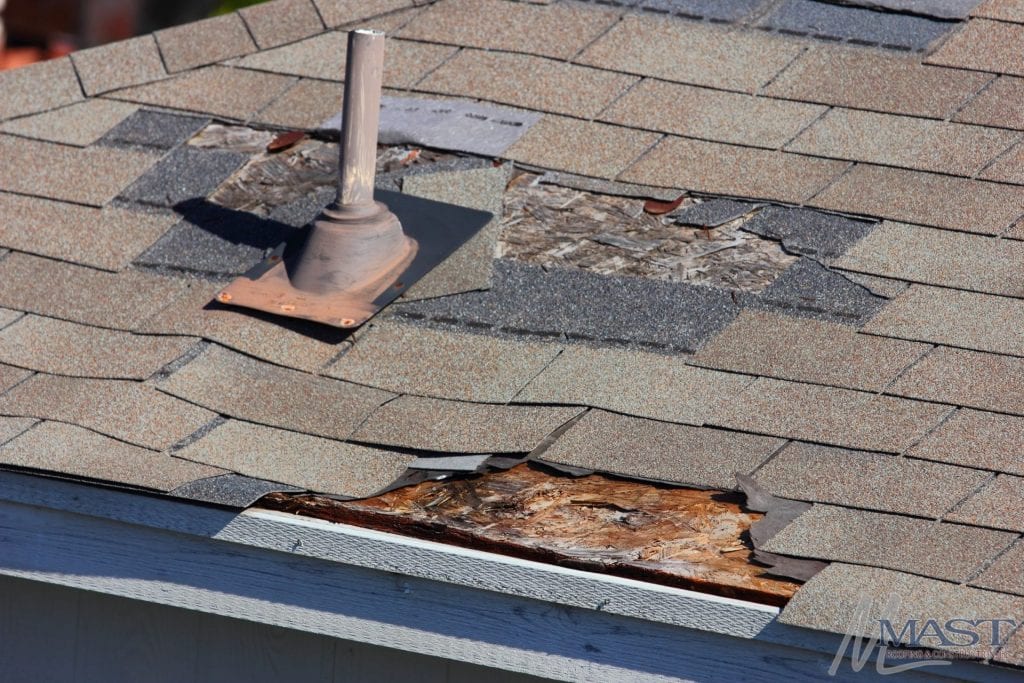
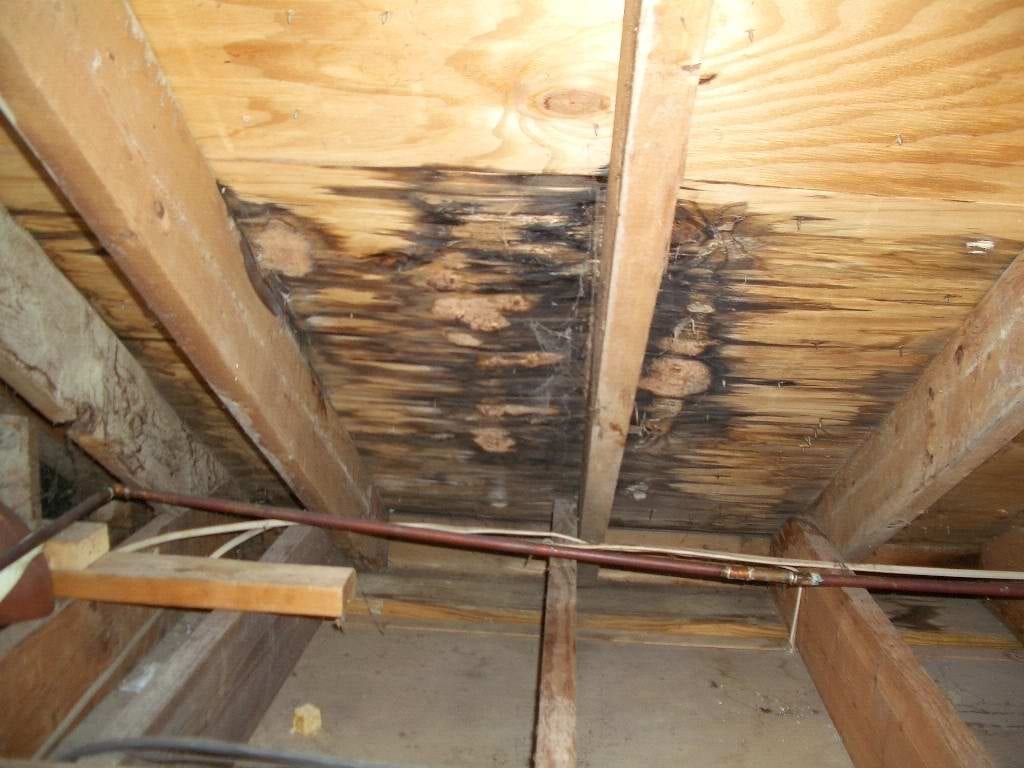
No Comments